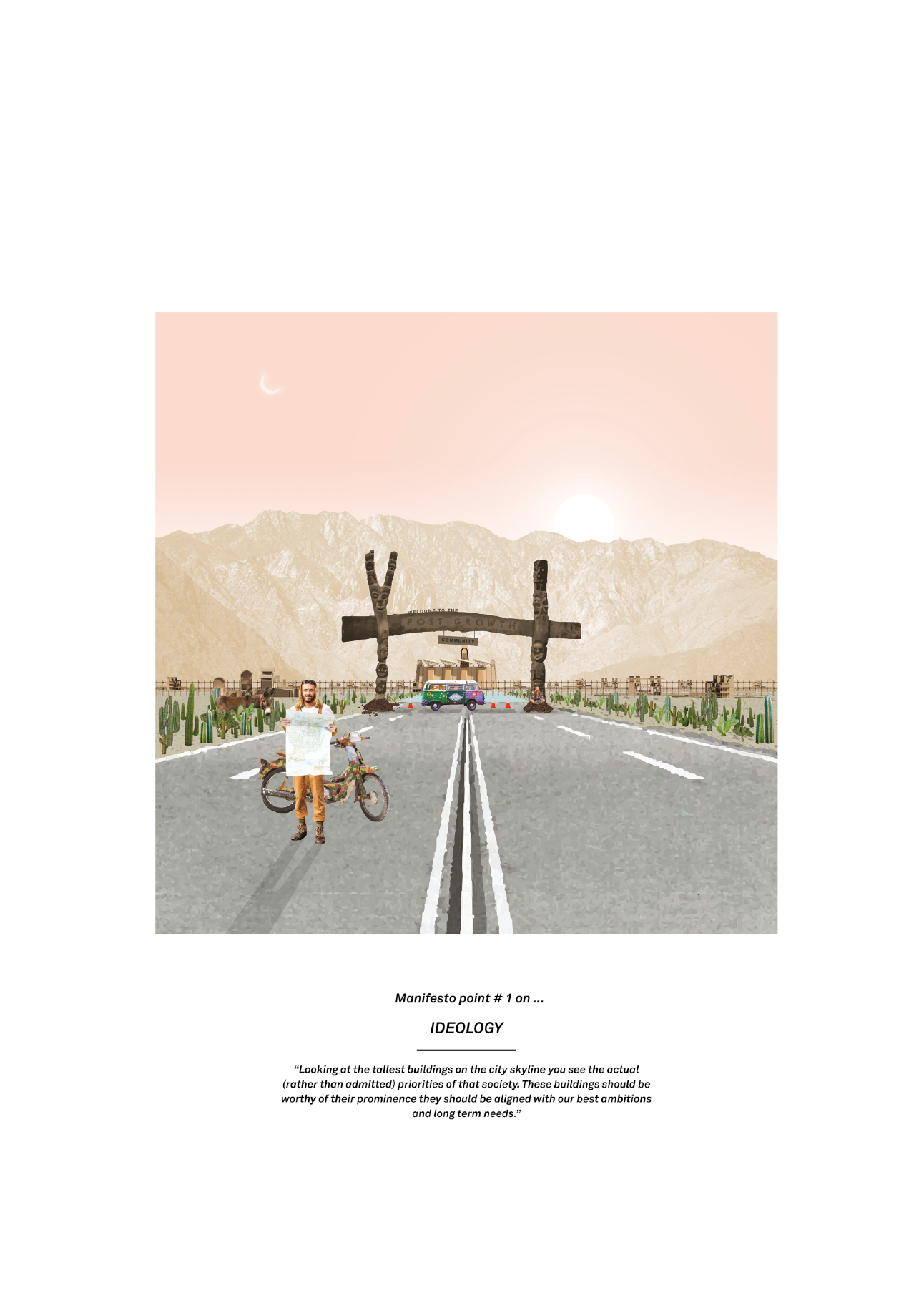
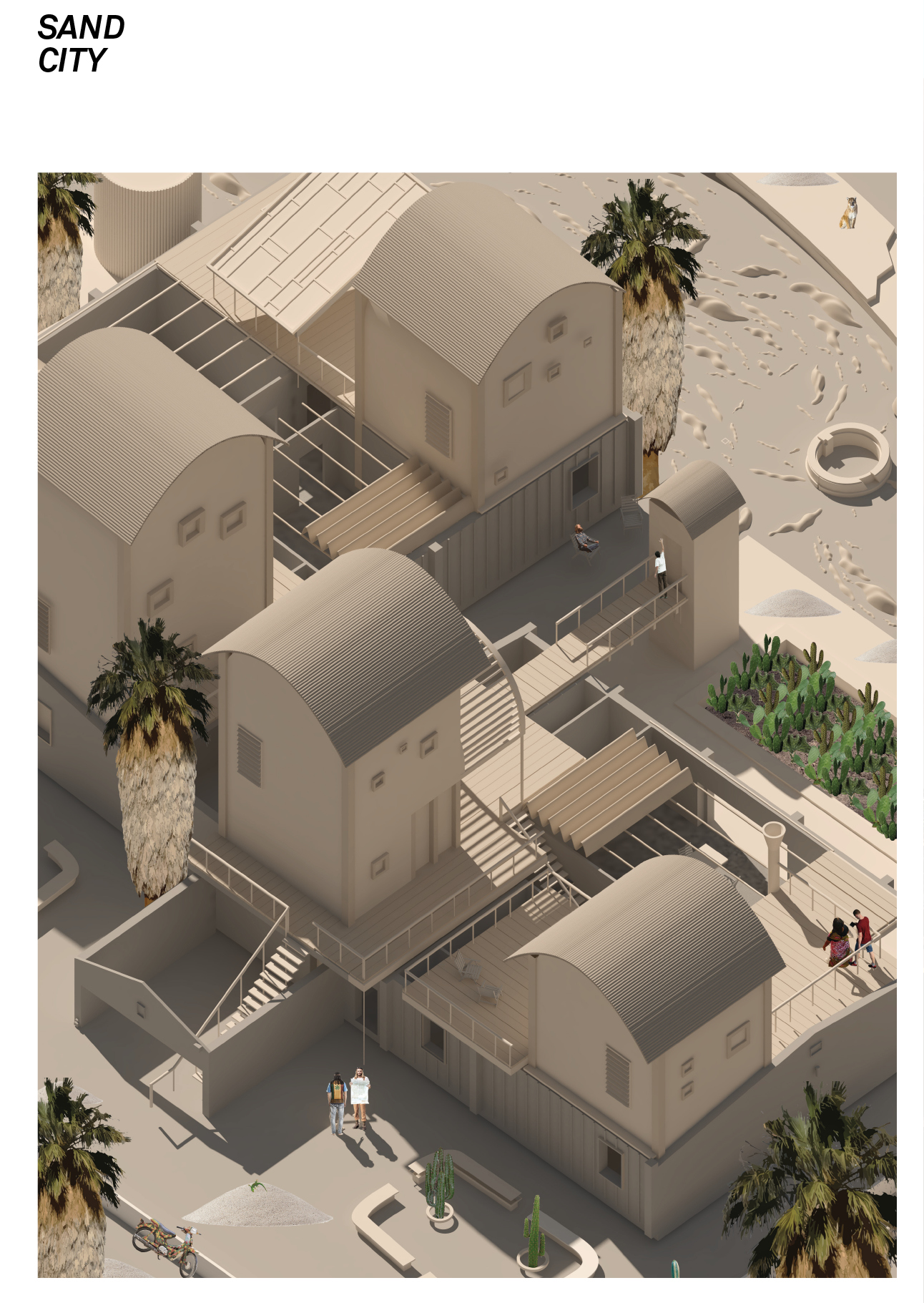
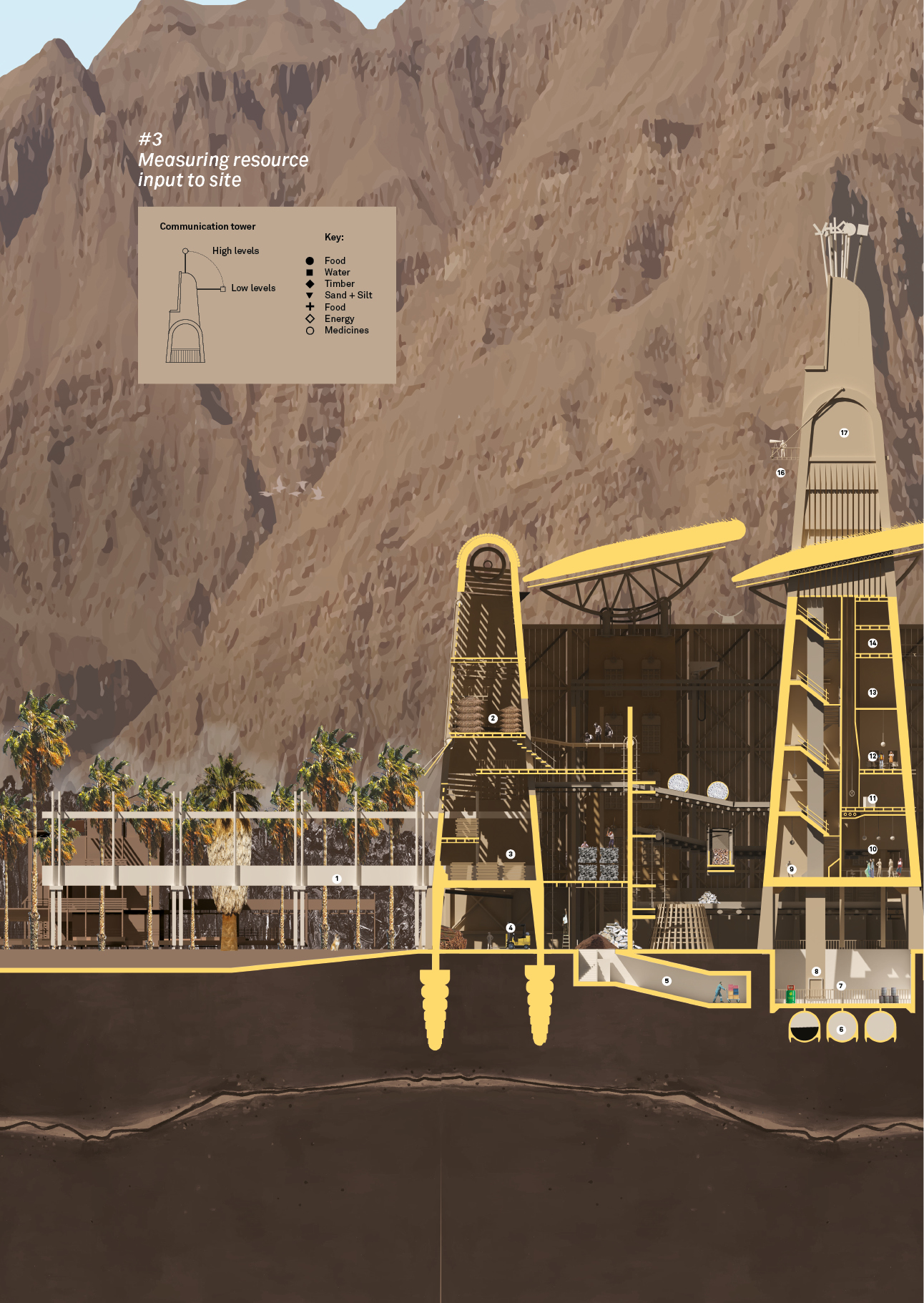
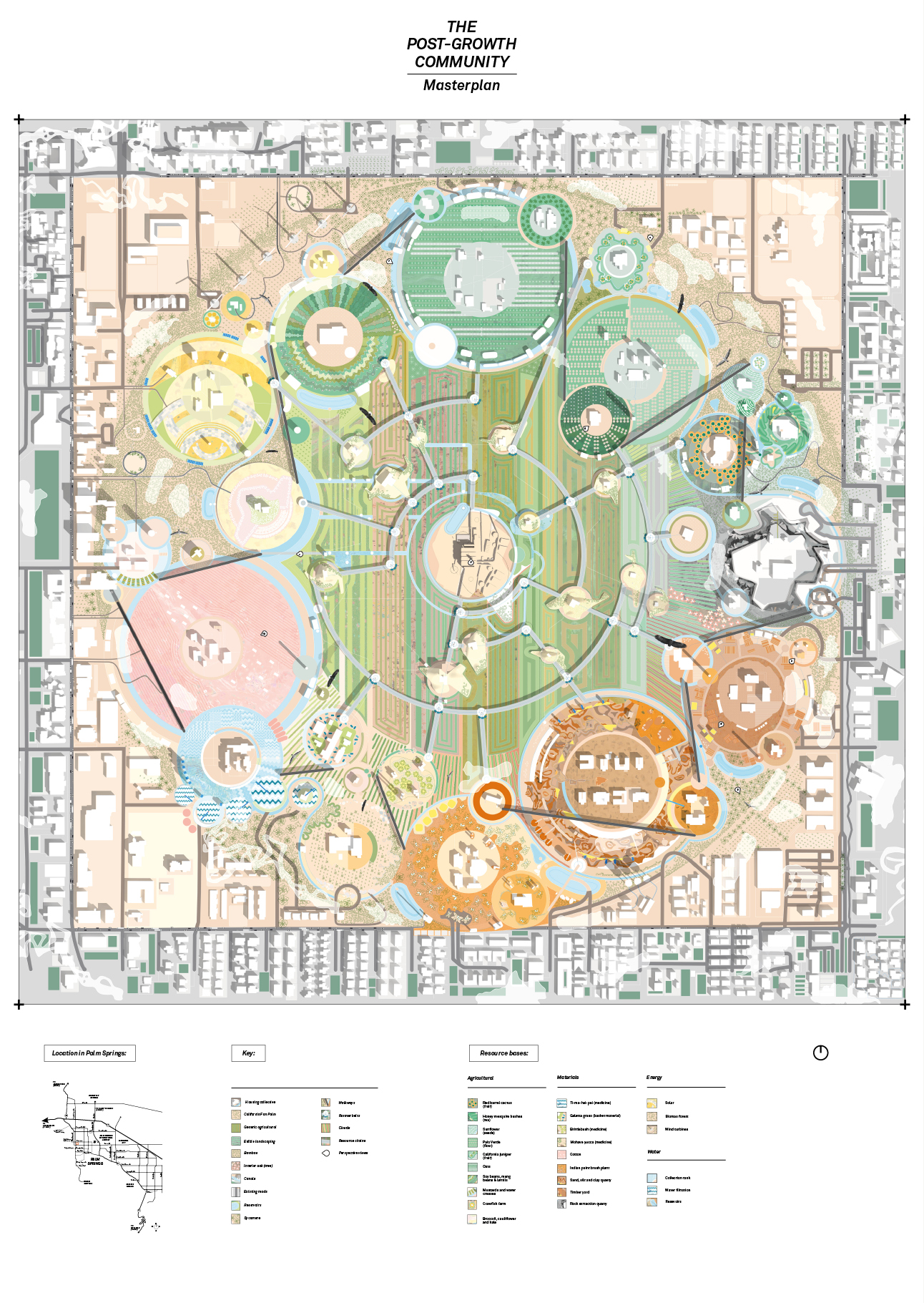
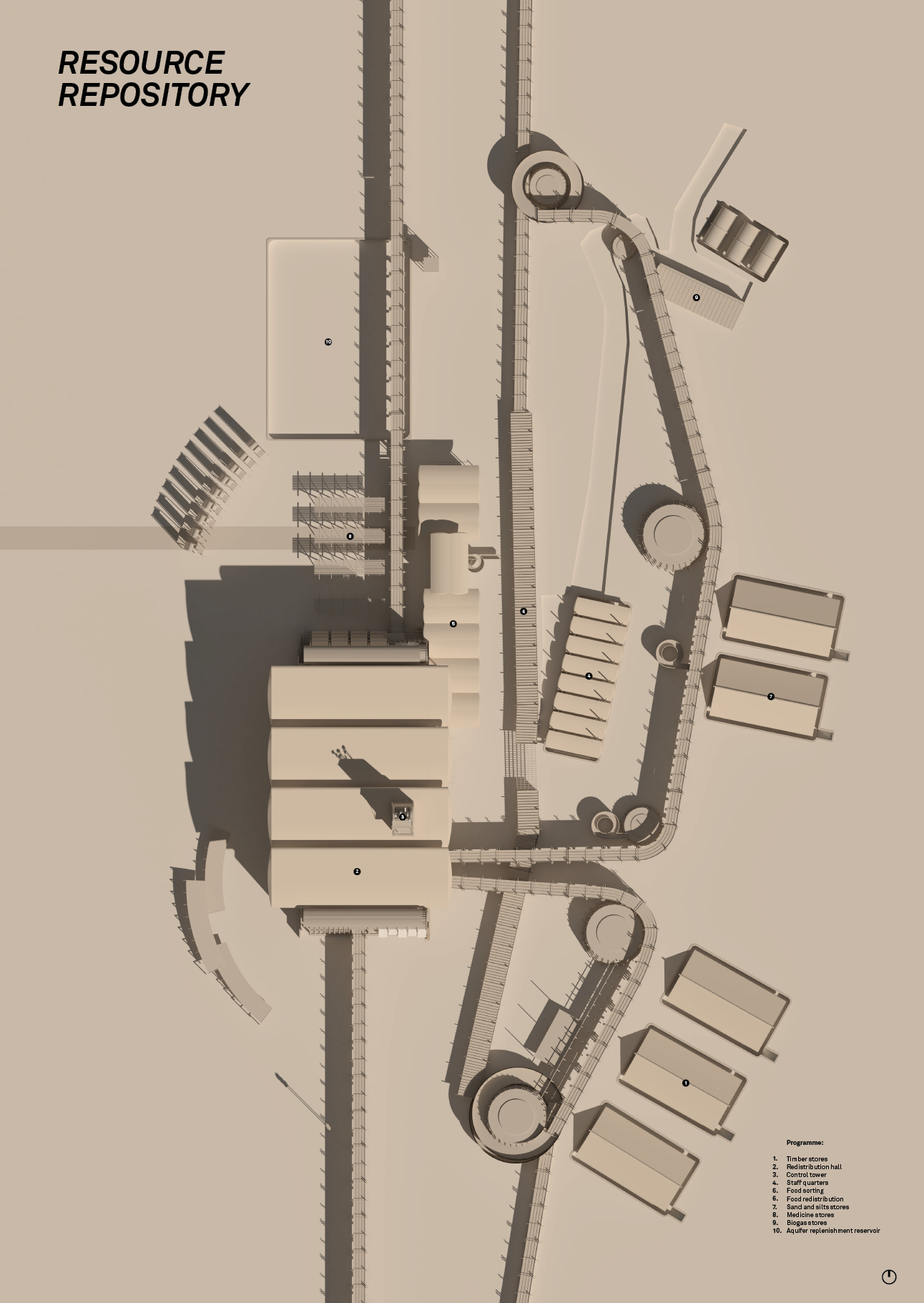
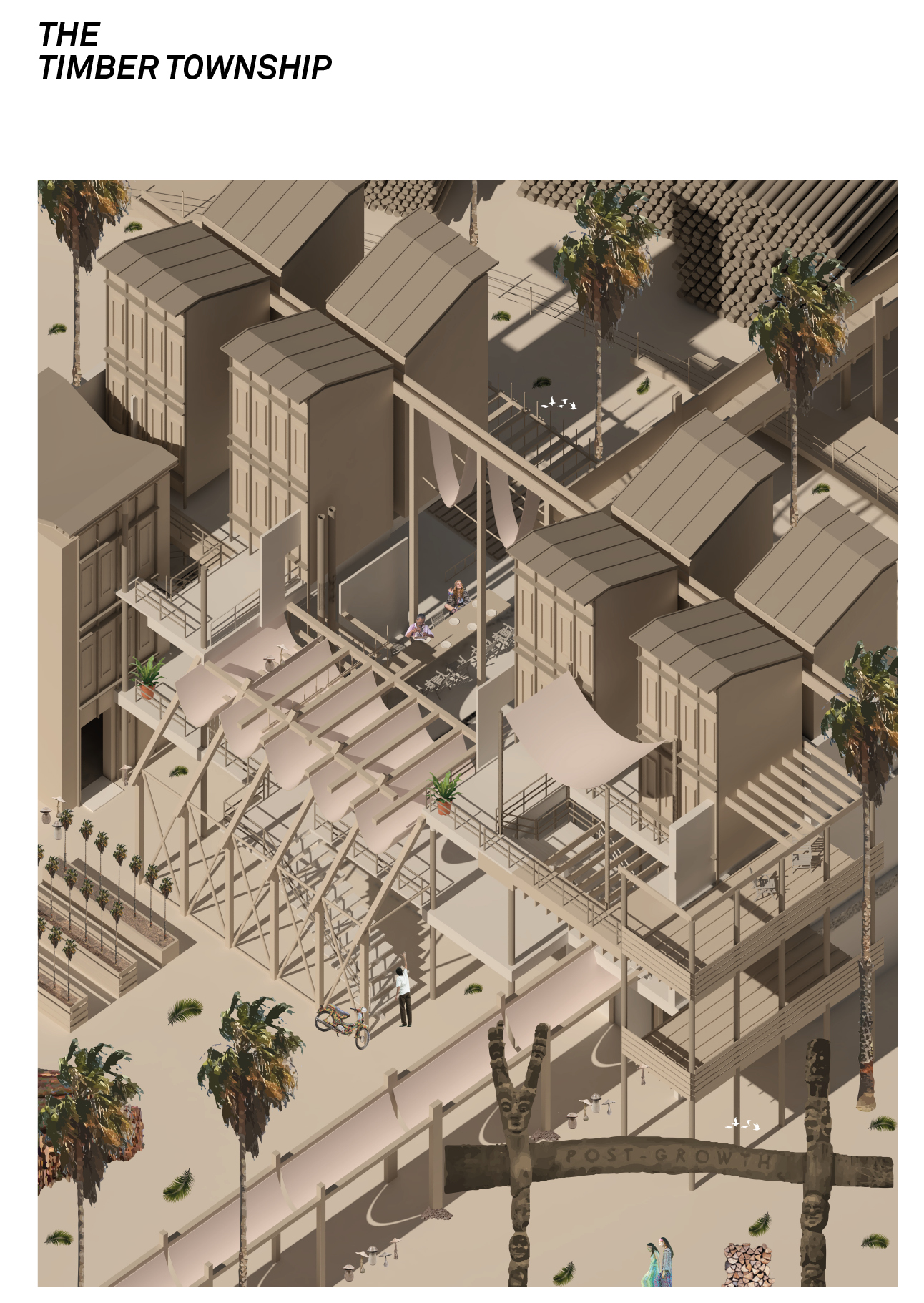
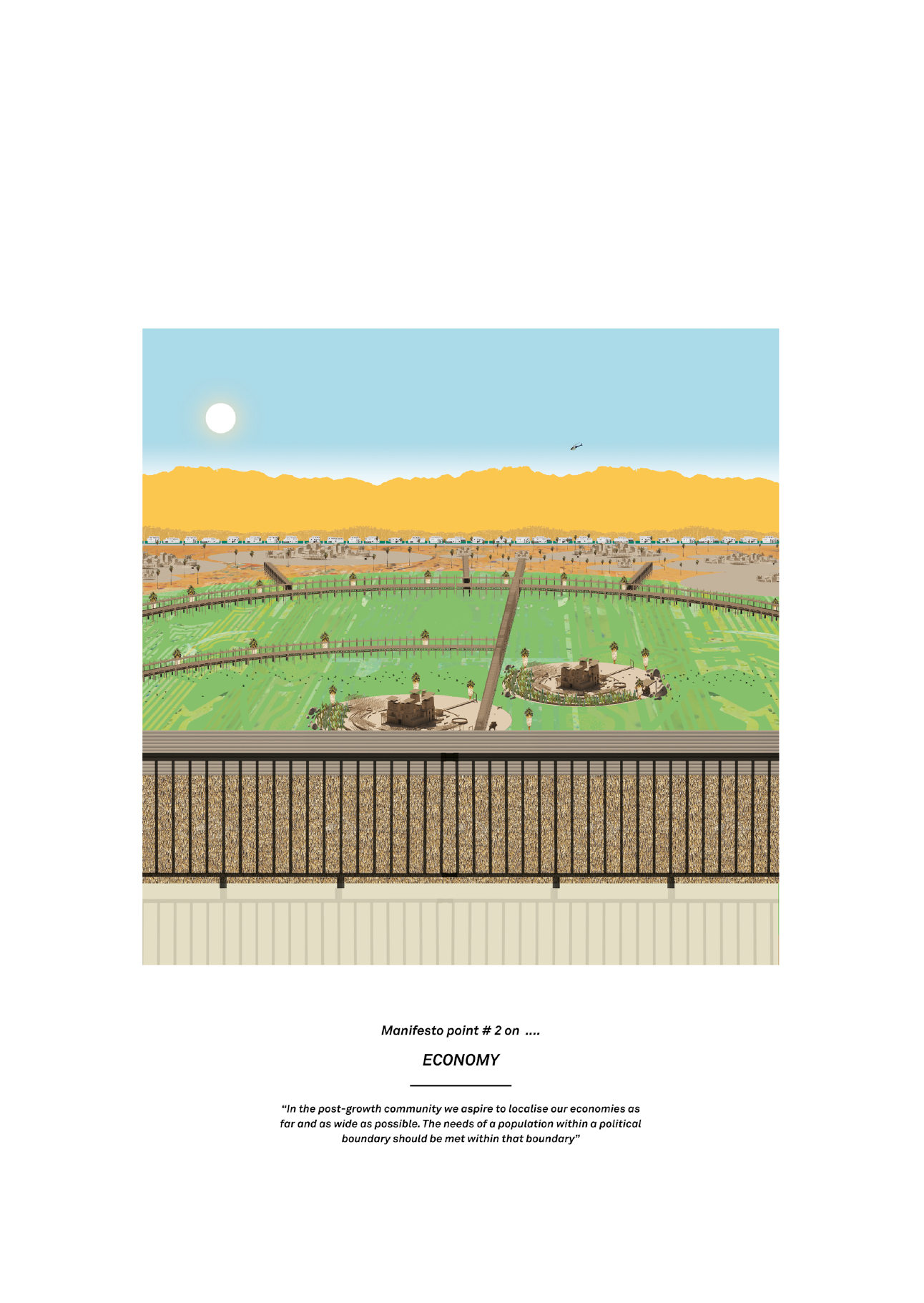
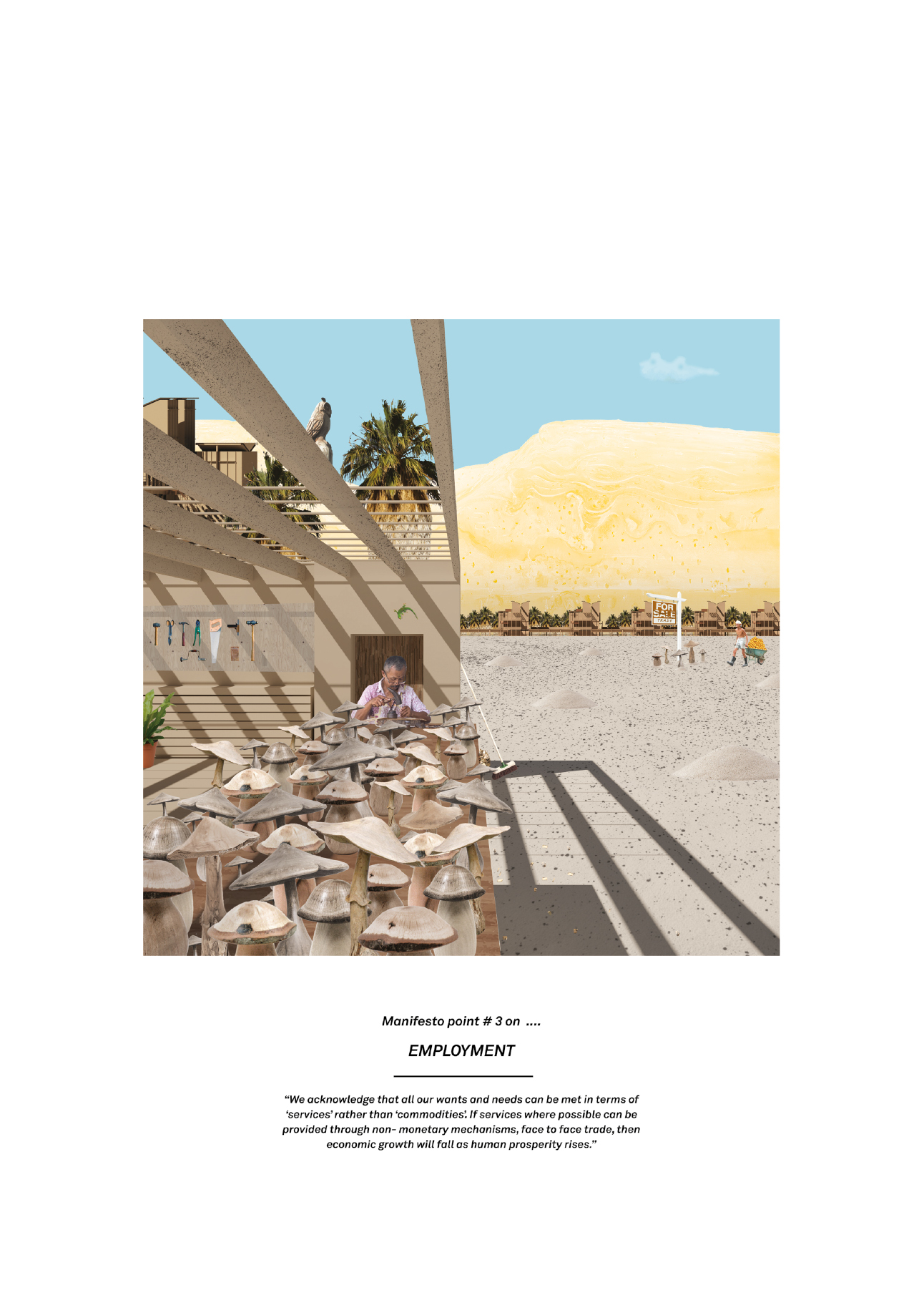
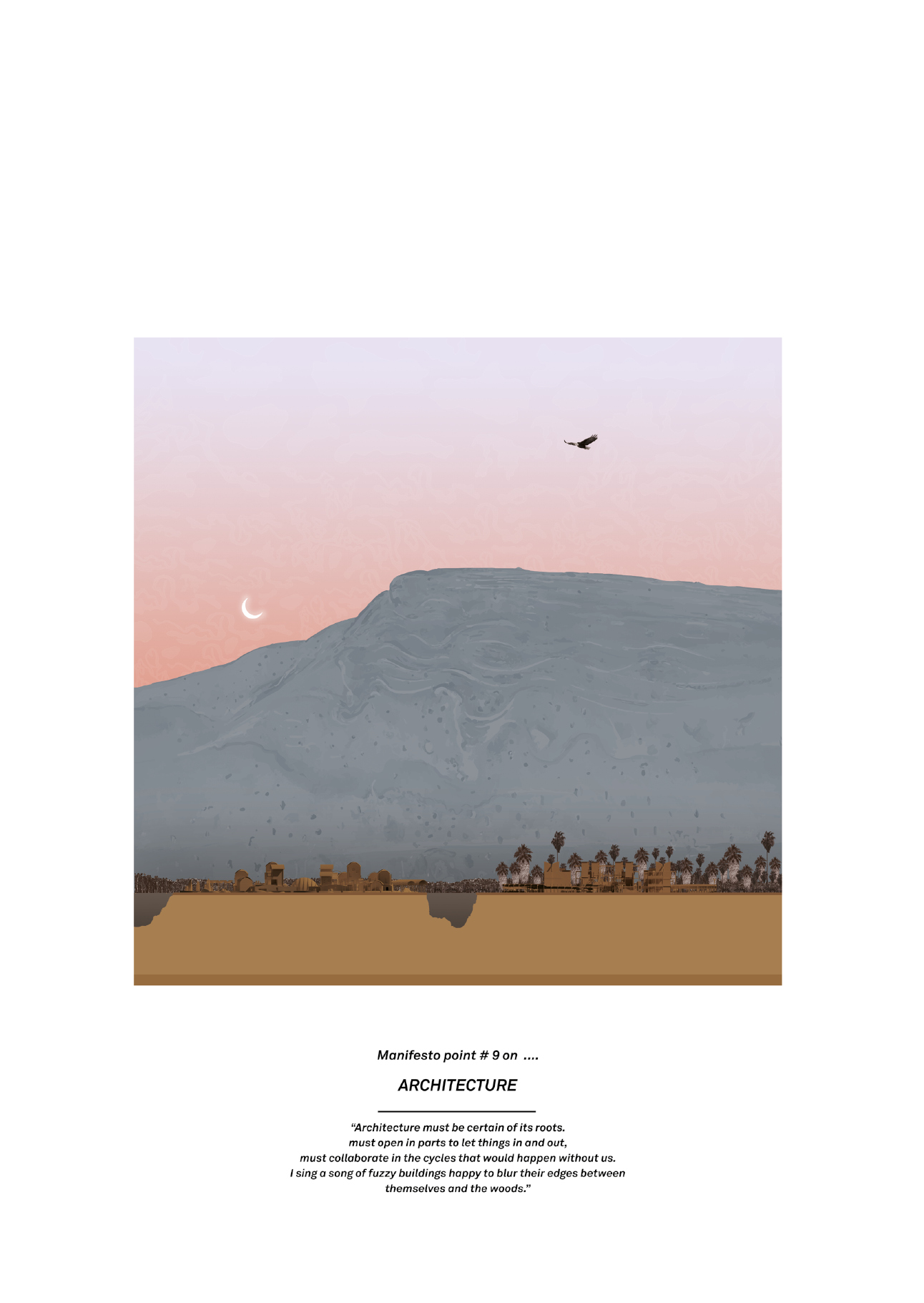
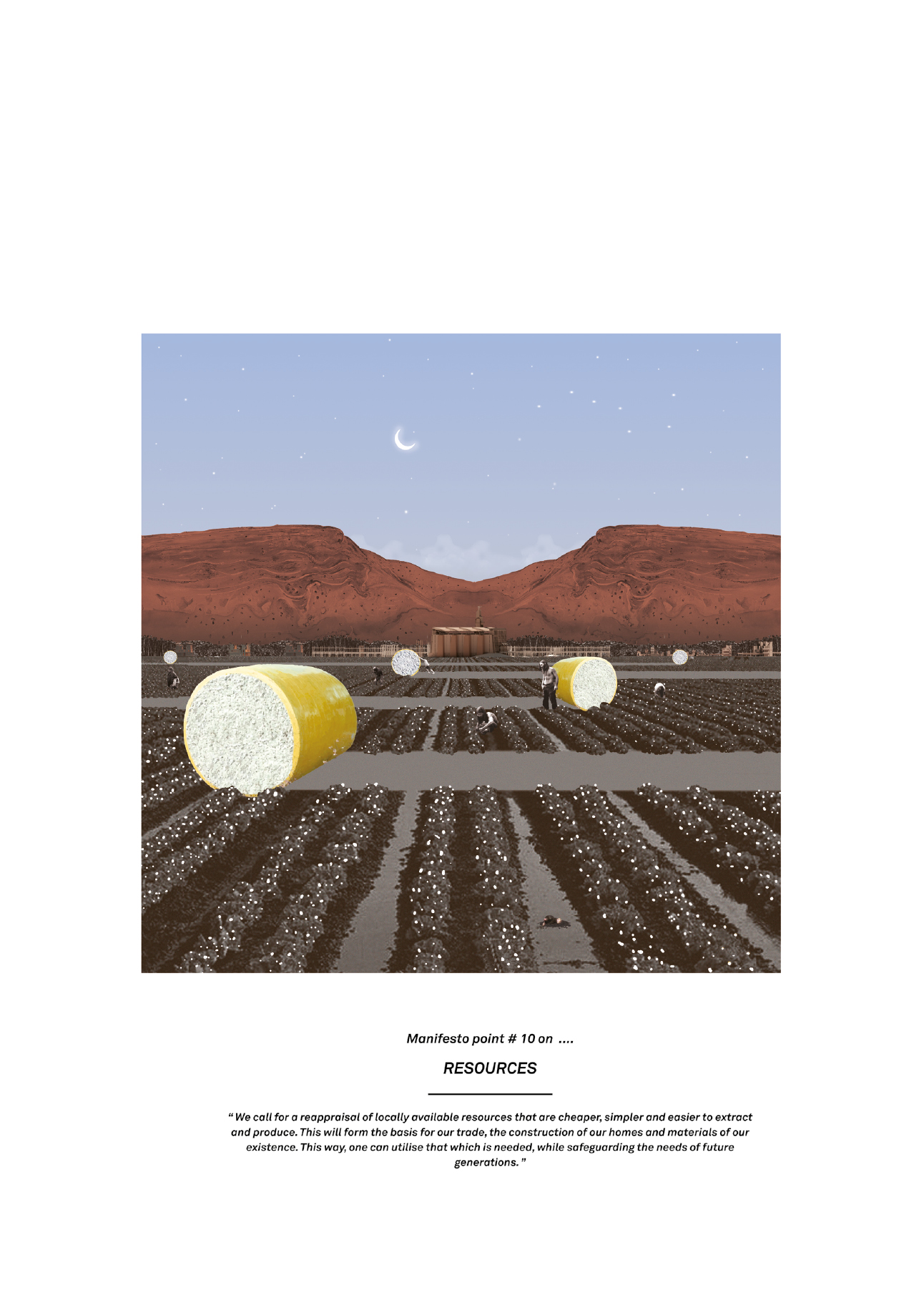
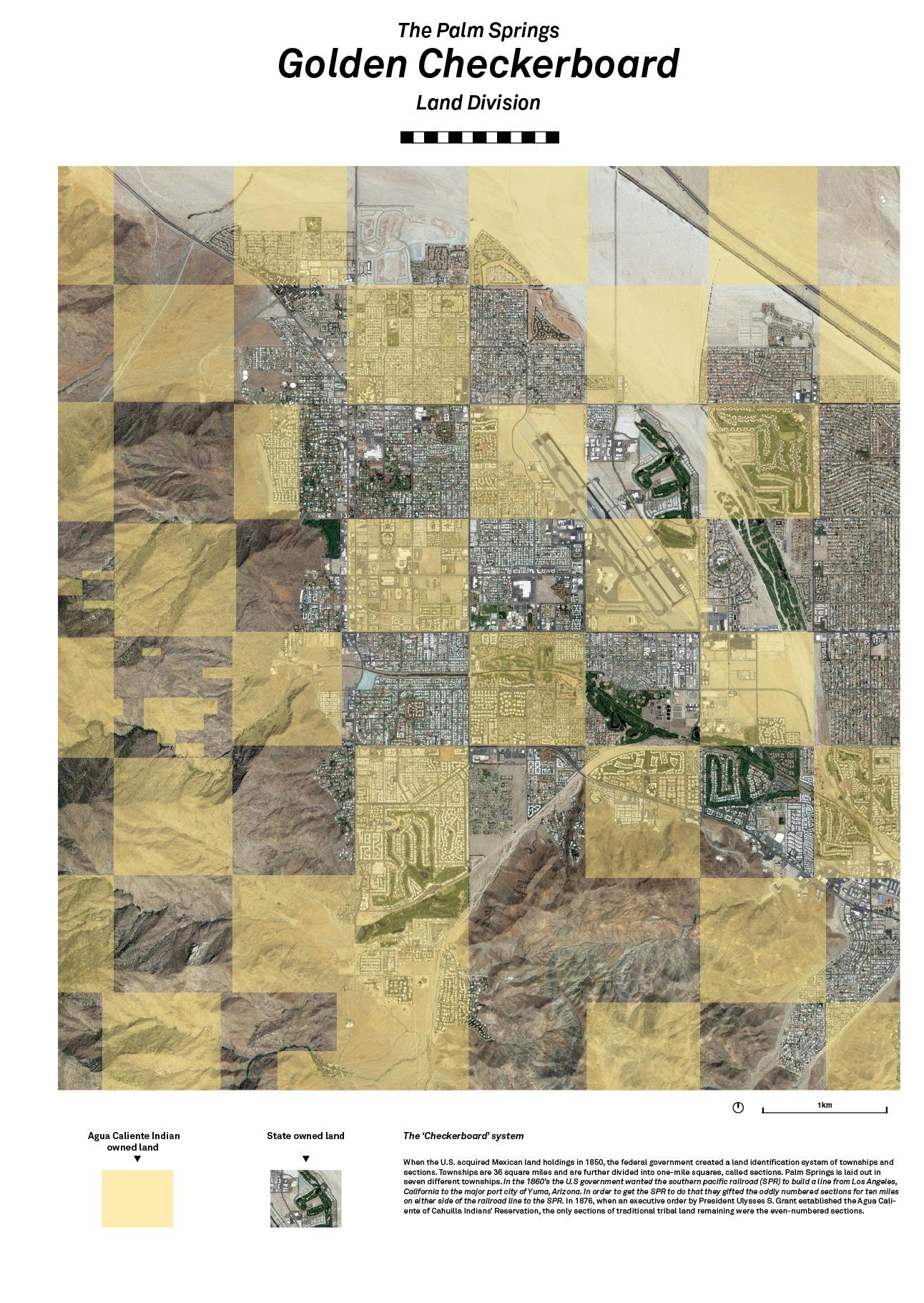
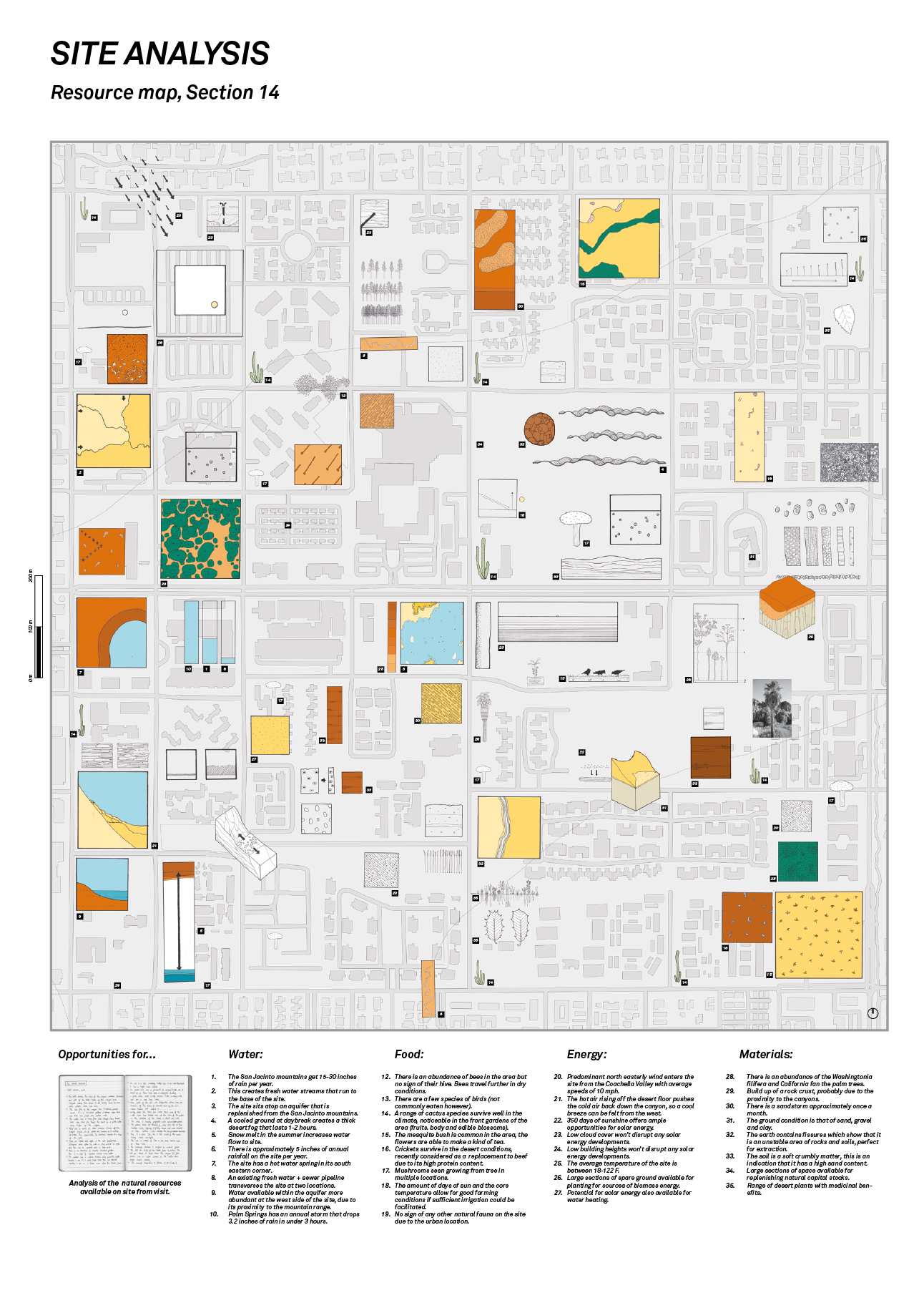
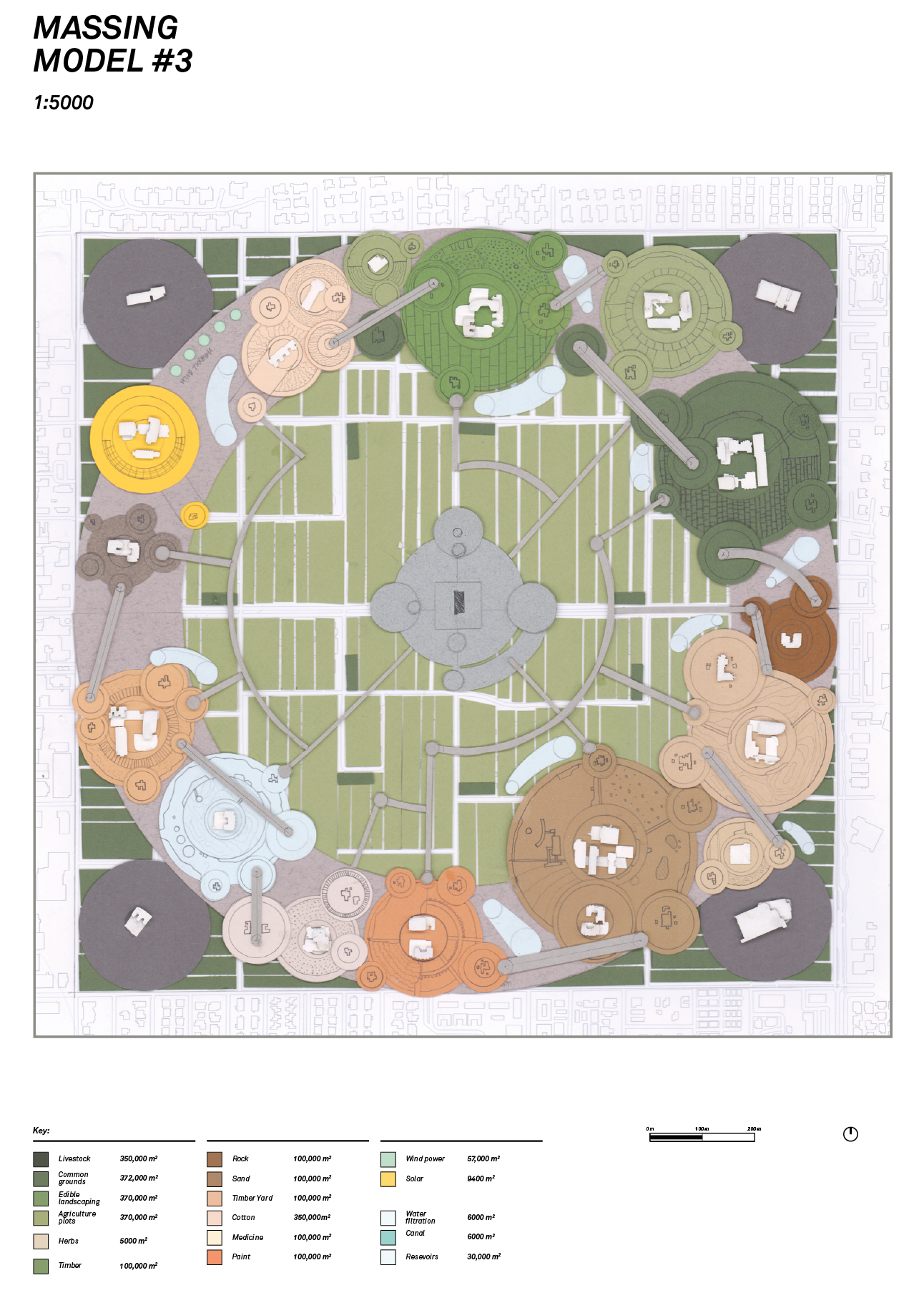
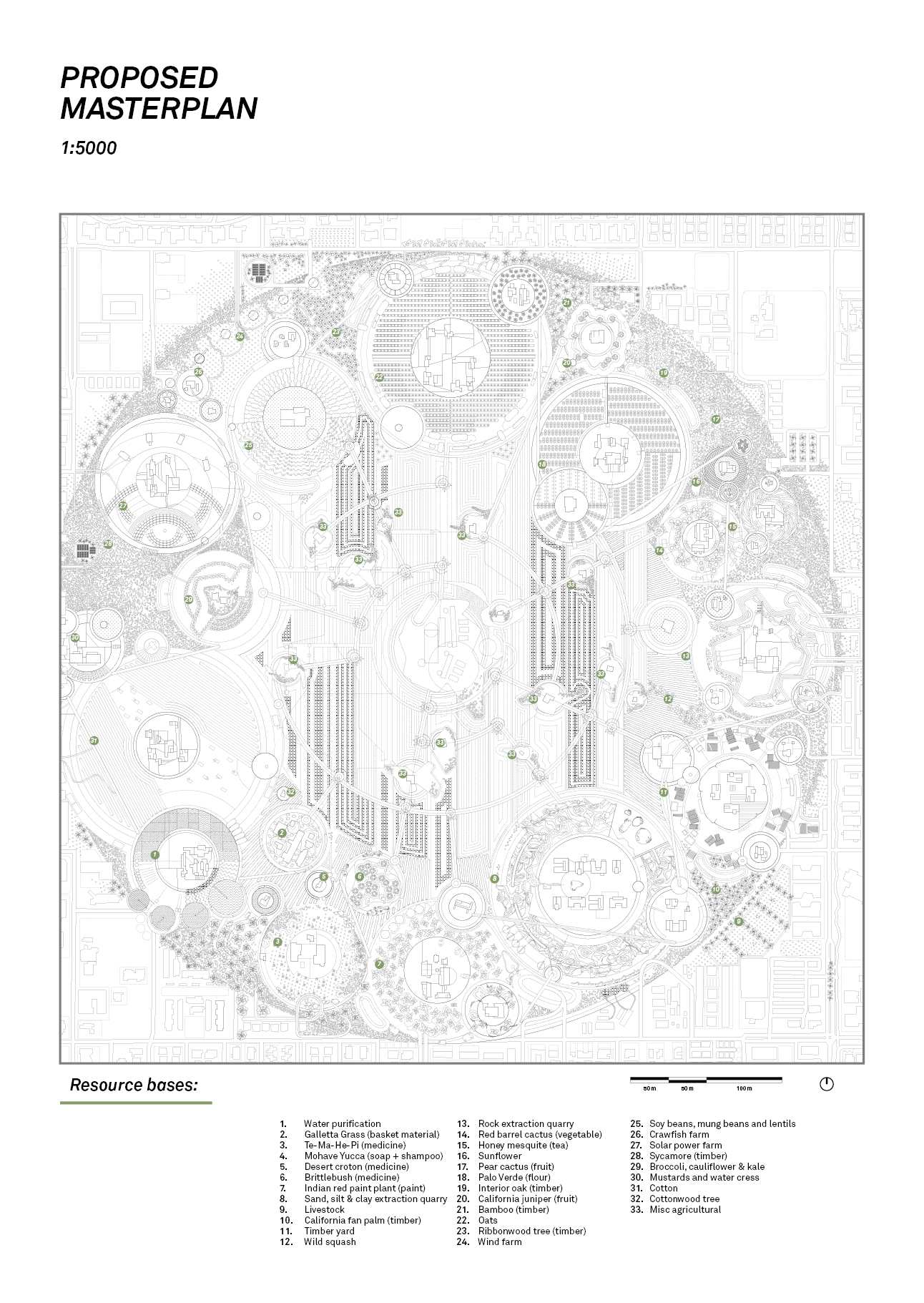
Jo Roberts Y5
The Post-Growth Community. The Grid, an urban plan in which streets run at right angles to one another forming a cross-hatched pattern, allowed for rapid subdivision and auction of large parcels of land. The easy duplication of this plan coincided with an economic growth boom to facilitate huge urban expansion across the United States.
The grid implies a distinction, a limit, a boundary, creating an illusion that the city border is all encompassing. However, this is an abstraction, a dramatic misrepresentation of the actual, rather than perceived, space required to feed, water, clothe and provide energy for the population of that area.
In order to quantify the extent of this esoteric boundary, we can use the succinct conceit of the ‘ecological footprint’ calculation, as a way of graphically communicating the rates at which we consume resources. By using a variety of algorithms, the ecological footprint is able to put all of our quotidian inputs and outputs into a single value: land area. At the individual scale, for example, the footprint of the average American is something just south of 120 acres; that of the average Native American is slightly north of 2 acres. Here is inequality reified.
At the macro level the results are even scarier. A standard calculation suggests that we are already using an earth and a half a year to sustain ourselves and that our consumption will rise to two earth’s per annum by 2030. Almost any way you slice it, it’s an accelerating formula for calamity, unsustainable unless we can get settled upon Mars in a hell of a hurry.
Whether the discussion is on peak oil, scarce water, vanishing arable land or exhaustion of mineral resources, we are confronted with the urgent need to think about the way we produce, conserve and distribute resources that is not fungible, but finite.
‘The Post-Growth Community’ therefore explores strategies of increased urban autonomy from a variety of perspectives. Taking a 1 square mile section of the grid system in Palm Springs as its site, the implementation of new technologies, replenishment of local natural resource bases, modification of profligate behaviours and re-interpretation of certain buildings are used to bring the ecological footprint for the 5000 residents in line with the political boundary of the site.
